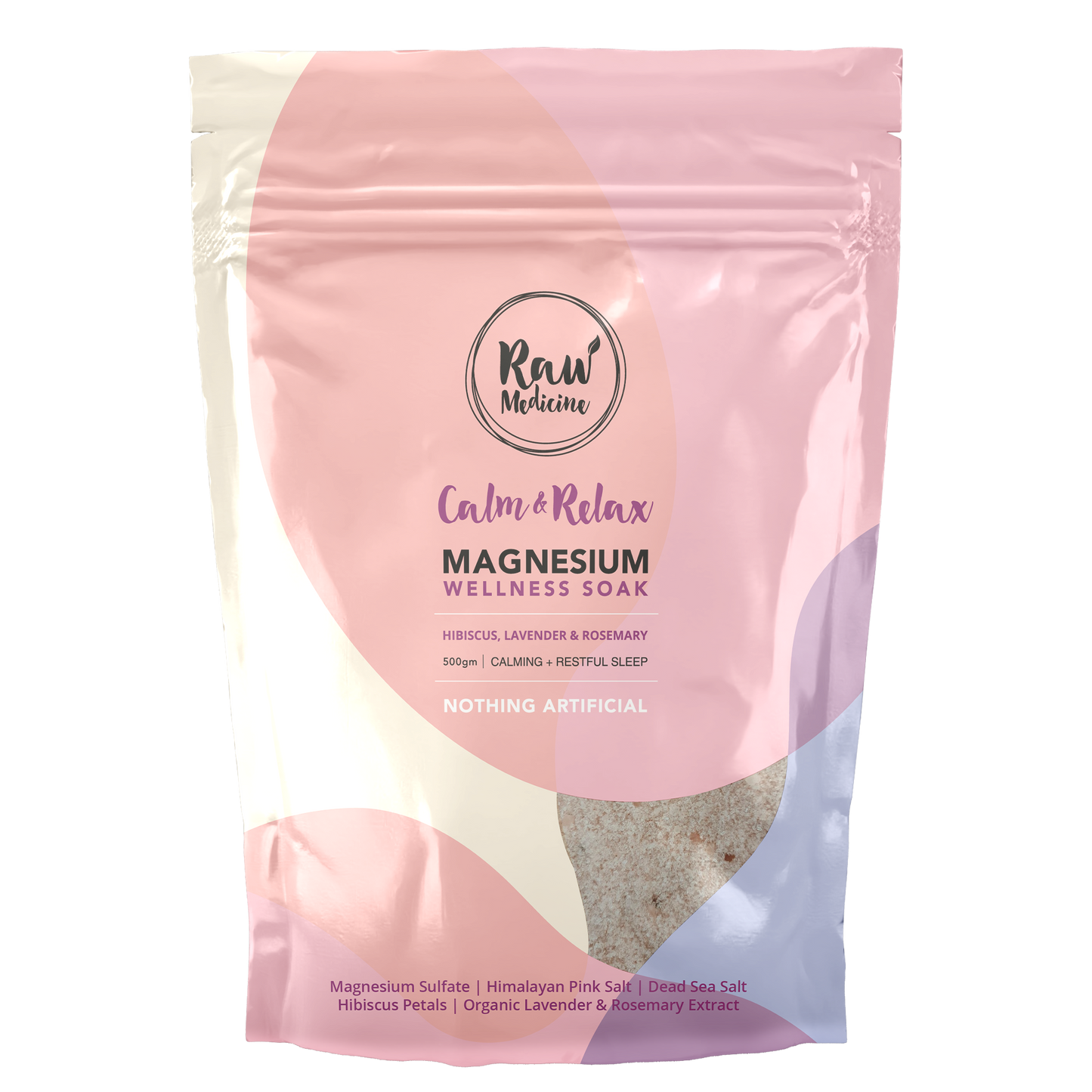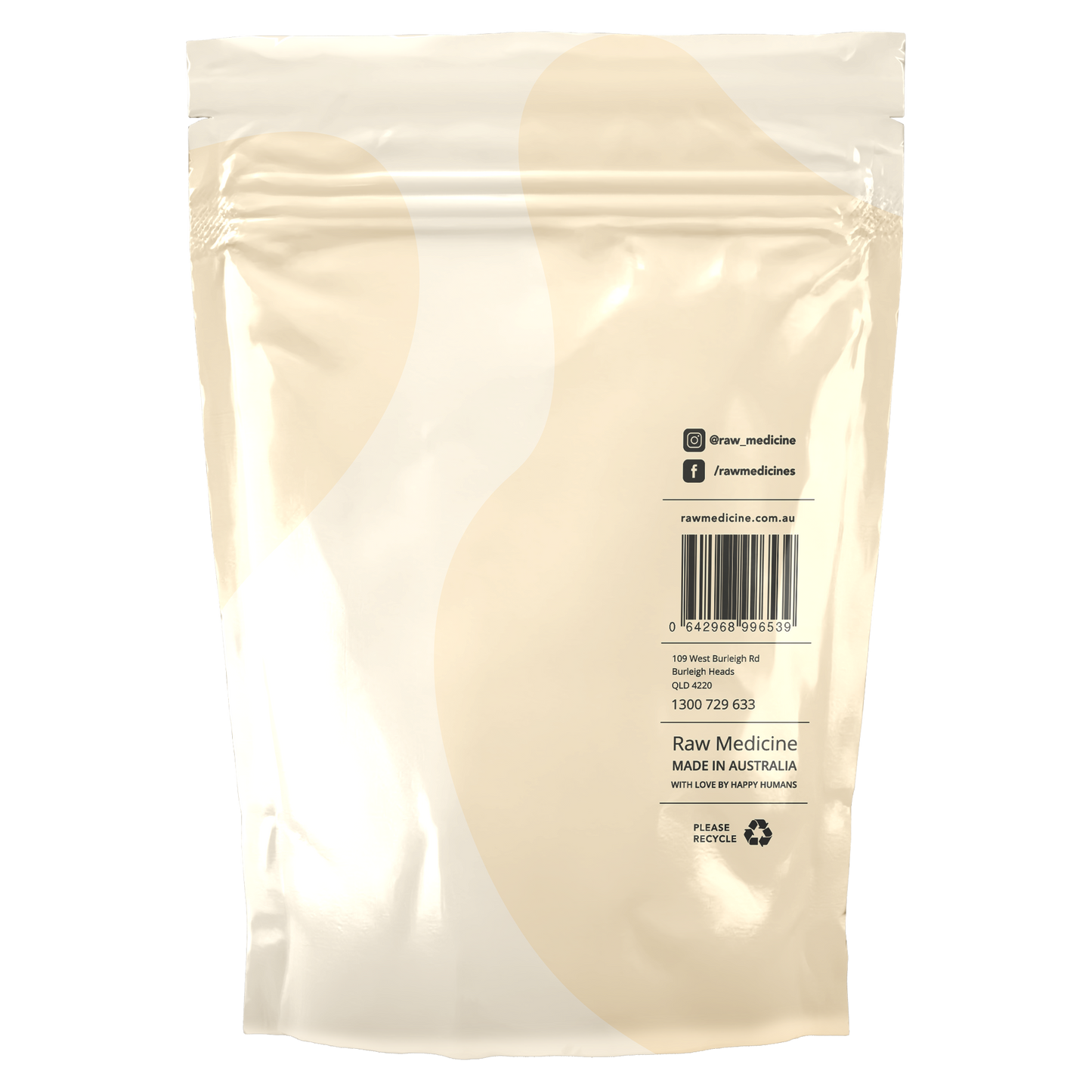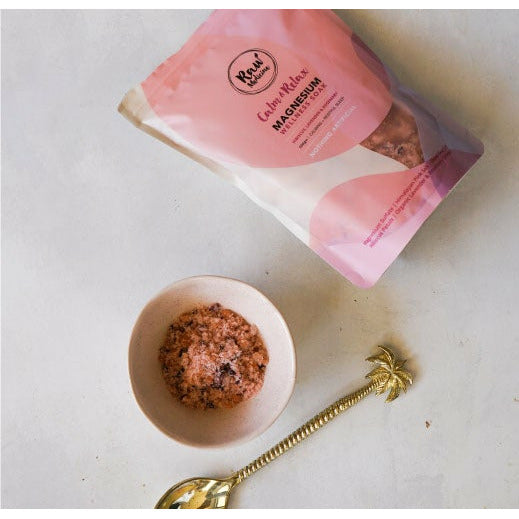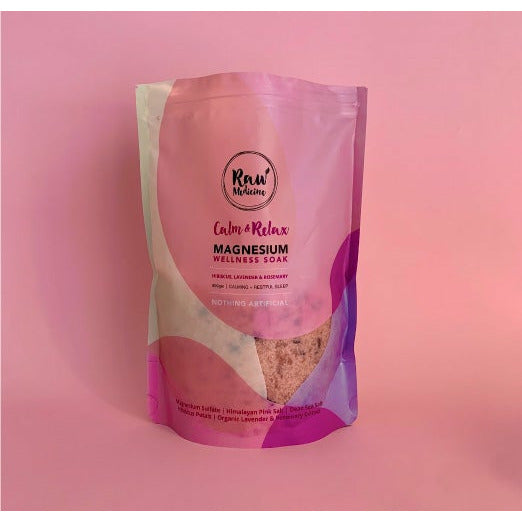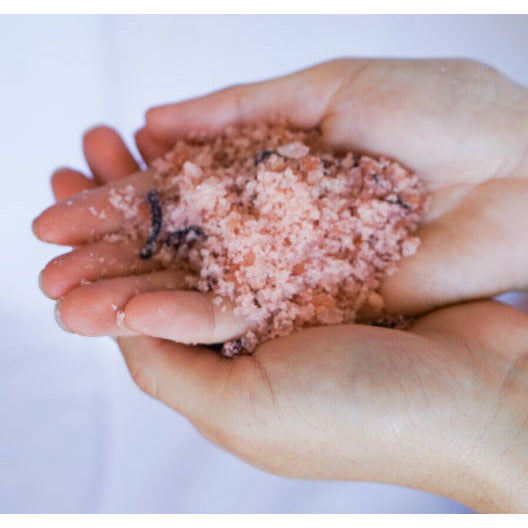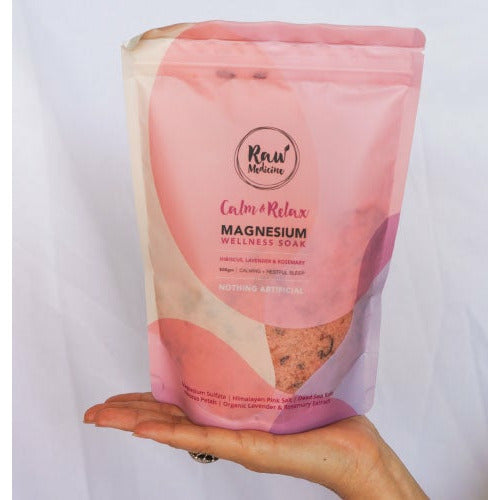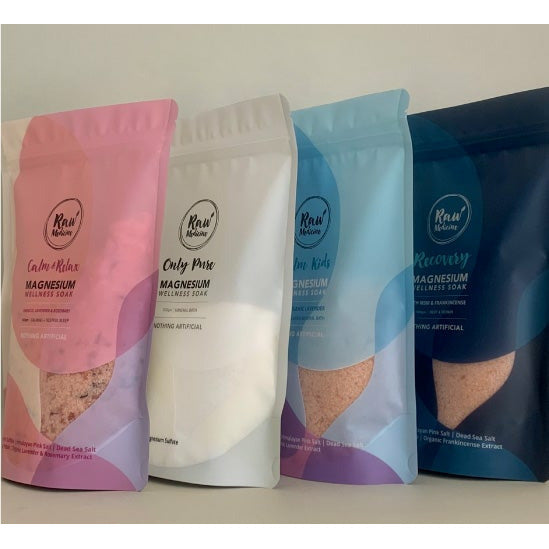Este sitio está protegido por hCaptcha y se aplican la Política de privacidad de hCaptcha y los Términos del servicio.
Our soak primarily contains 100% organic Magnesium Sulphate, organic essential oils of Rosemary & Lavender, Dead Sea salt, Himalayan sea salt, and Hibiscus petals.
Our soak primarily contains 100% organic Magnesium Sulphate, organic essential oils of Rosemary & Lavender, Dead Sea salt, Himalayan sea salt, and Hibiscus petals.
The combination of Magnesium Sulphate and essential oils provides both physical and mental relaxation. Magnesium helps alleviate muscle tension, while the aromatherapy properties of lavender and rosemary calm the mind.
The combination of Magnesium Sulphate and essential oils provides both physical and mental relaxation. Magnesium helps alleviate muscle tension, while the aromatherapy properties of lavender and rosemary calm the mind.
Our soak is formulated with natural ingredients, making it suitable for most skin types. However, if you have extremely sensitive skin or specific skin conditions, it's always a good idea to do a patch test first or consult with a dermatologist.
Our soak is formulated with natural ingredients, making it suitable for most skin types. However, if you have extremely sensitive skin or specific skin conditions, it's always a good idea to do a patch test first or consult with a dermatologist.
You can use the soak as part of your regular self-care routine. For optimal relaxation and benefits, we recommend using it 2-3 times a week.
You can use the soak as part of your regular self-care routine. For optimal relaxation and benefits, we recommend using it 2-3 times a week.
Yes, the magnesium in our soak is known to promote better sleep by relaxing the nervous system. Additionally, the calming effects of lavender essential oil can further enhance sleep quality.
Yes, the magnesium in our soak is known to promote better sleep by relaxing the nervous system. Additionally, the calming effects of lavender essential oil can further enhance sleep quality.
Our Calm & Relax Soak is not just a bath product; it's a holistic wellness experience. It's naturopathically formulated, drawing upon scientific evidence and over 20 years of clinical experience. The blend of Magnesium Sulphate with therapeutic essential oils and mineral-rich salts sets it apart.
Our Calm & Relax Soak is not just a bath product; it's a holistic wellness experience. It's naturopathically formulated, drawing upon scientific evidence and over 20 years of clinical experience. The blend of Magnesium Sulphate with therapeutic essential oils and mineral-rich salts sets it apart.
While our soak is made with natural ingredients, we always recommend consulting with a healthcare professional if you're pregnant or breastfeeding before using any new products.
While our soak is made with natural ingredients, we always recommend consulting with a healthcare professional if you're pregnant or breastfeeding before using any new products.
Love from our community
"I recently switched to the Calm & Relax Soak, and the difference is night and day. The aromatic blend of essential oils combined with the magnesium not only eases my muscles but also calms my mind. I've genuinely never felt so rejuvenated after a bath. It's like a spa experience in the comfort of my home!"

